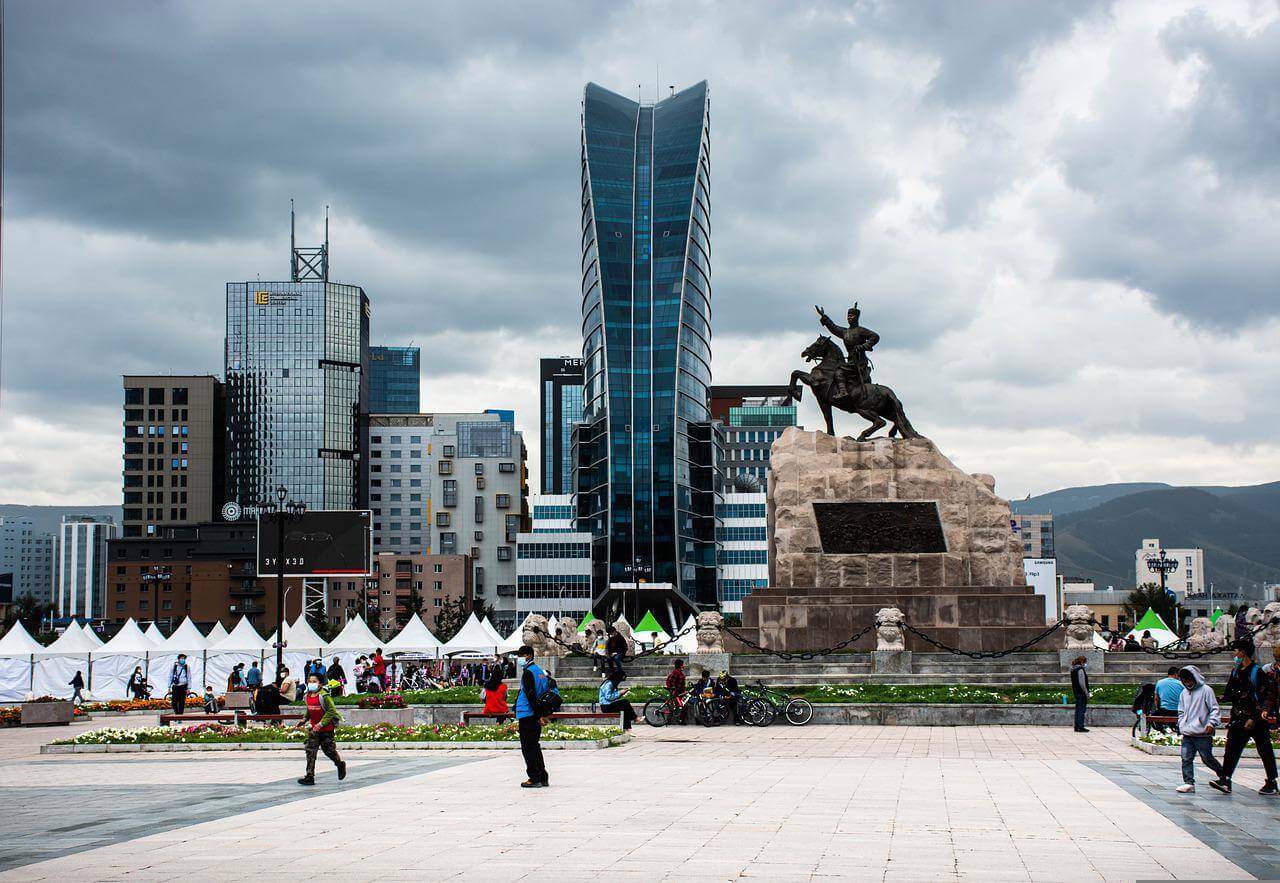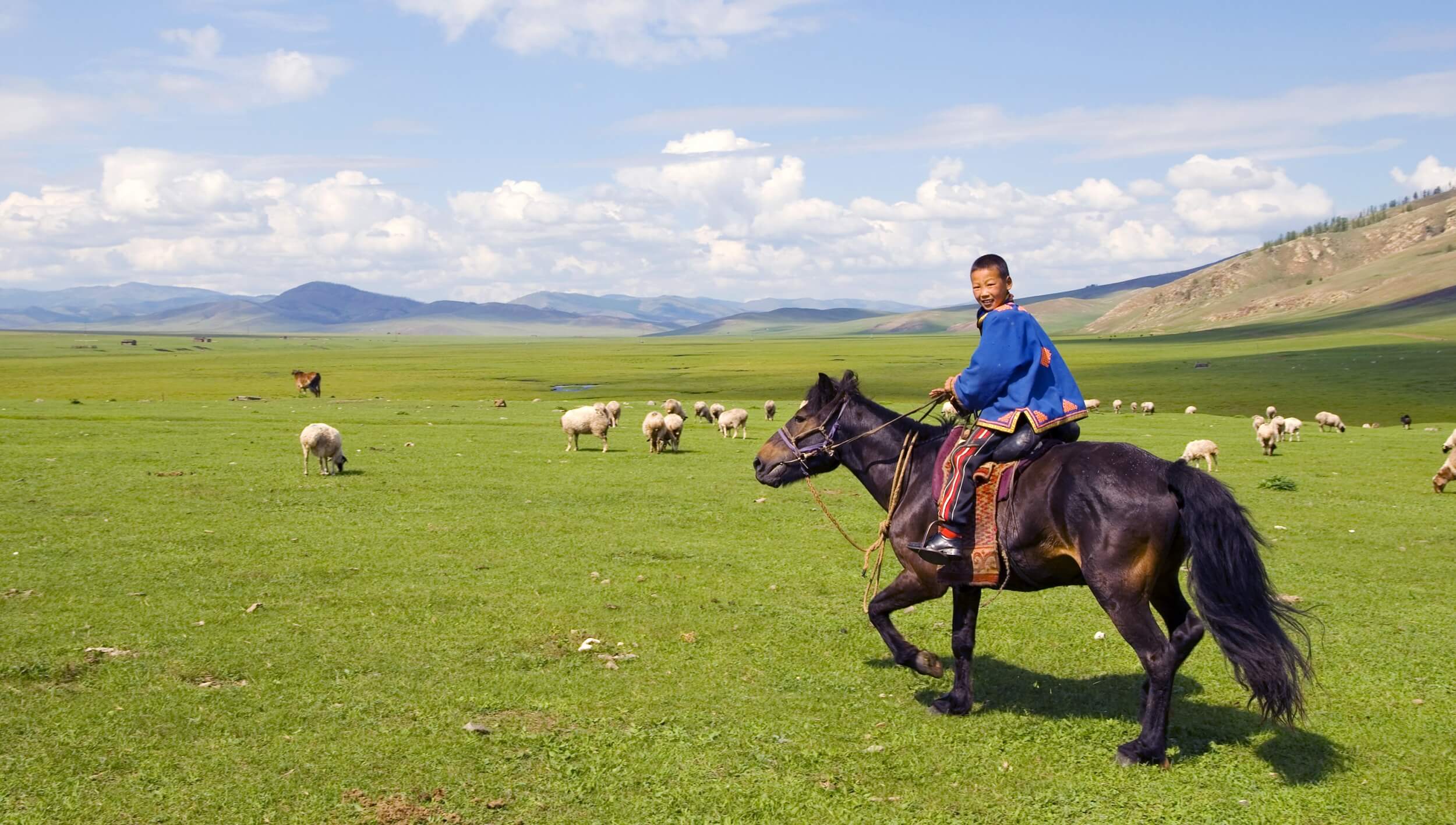The Khustain Nuruu National Park, also known as Hustai NP, has successfully reintroduced the Takhi wild horse and has become one of Mongolia’s top tourist destinations. The Hustai National Park Trust plays a crucial role in managing conservation efforts and community involvement.
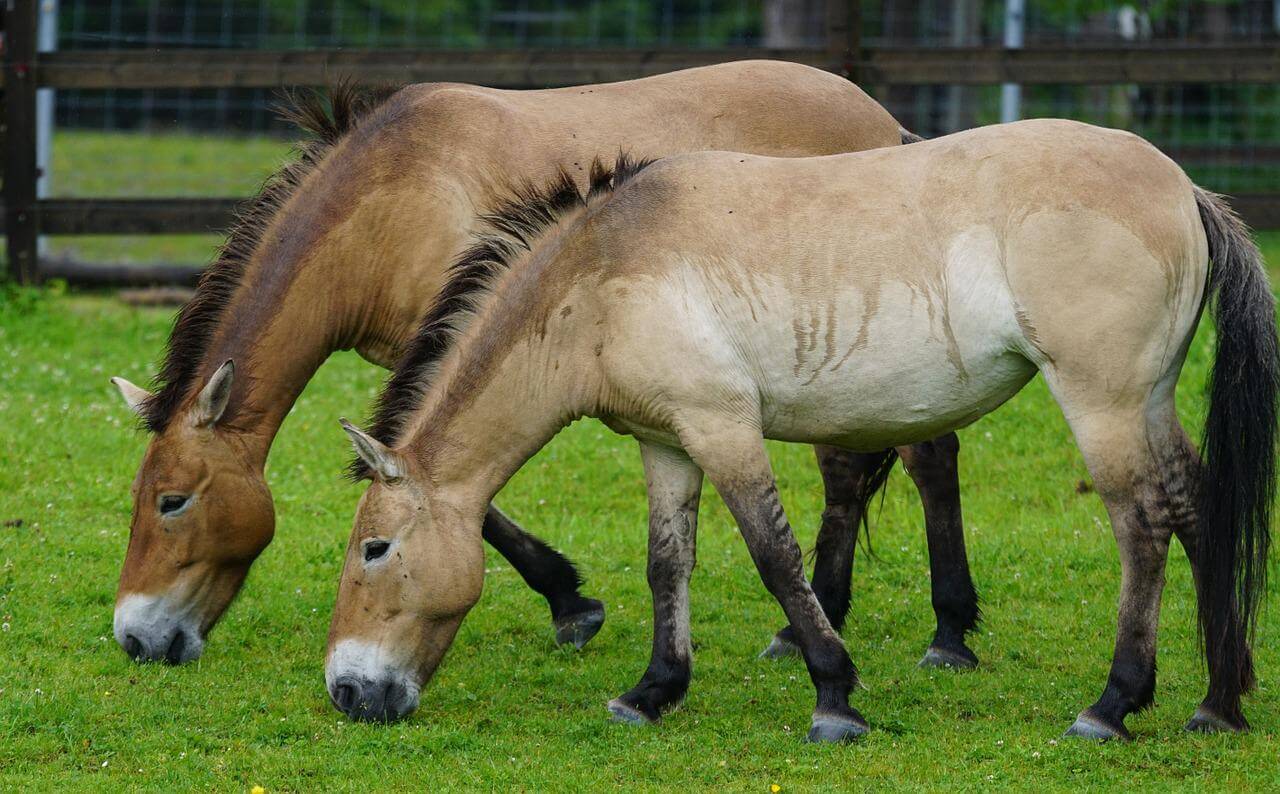
Visit National Park Mongolia
Hustai national park Location
Only 2 hours away from the capital city of Mongolia, the Hustai National park ’s steppe and forest-steppe environment are also home to locally and globally threatened endangered species such as deer, Mongolian horses, marmosets, grey wolves, and roe deer.
How big is Hustai national park
There are 50,000 hectares of grassland and woodlands in the Hustai national park. In the park, there are 459 species of plants, 85 species of lichens, and 55 mammal species alongside 223 bird species listed. The park is also home to Argali wild sheep and functions as a nature reserve.
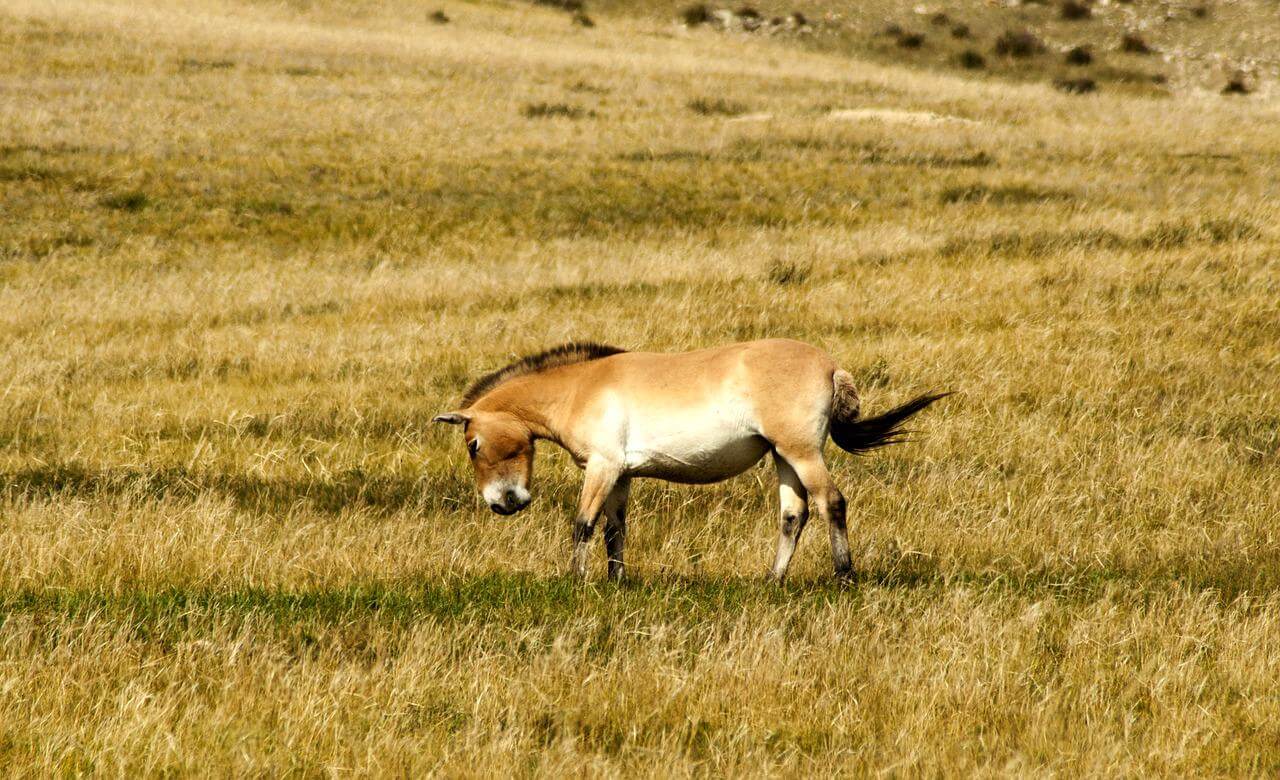
Hustai National Park /Khustain nuruu/ is a lovely destination to visit in the spring. If you are nature lovers, you should definitely go to Mongolia’s vast open plains blanketed with wildflowers.
The Hustai national park is famous for being a home to
Khustai National Park proudly presents the Przewalski’s horse, also known as Takhi, the only living wild horse and other wildlife.
The Przewalski’s horse was one of the few endangered equine breeds reintroduced after being lost since 1960. The Przewalski’s horse, also known as “takhi” in Mongolian, is the last and only true wild horse species on Earth.
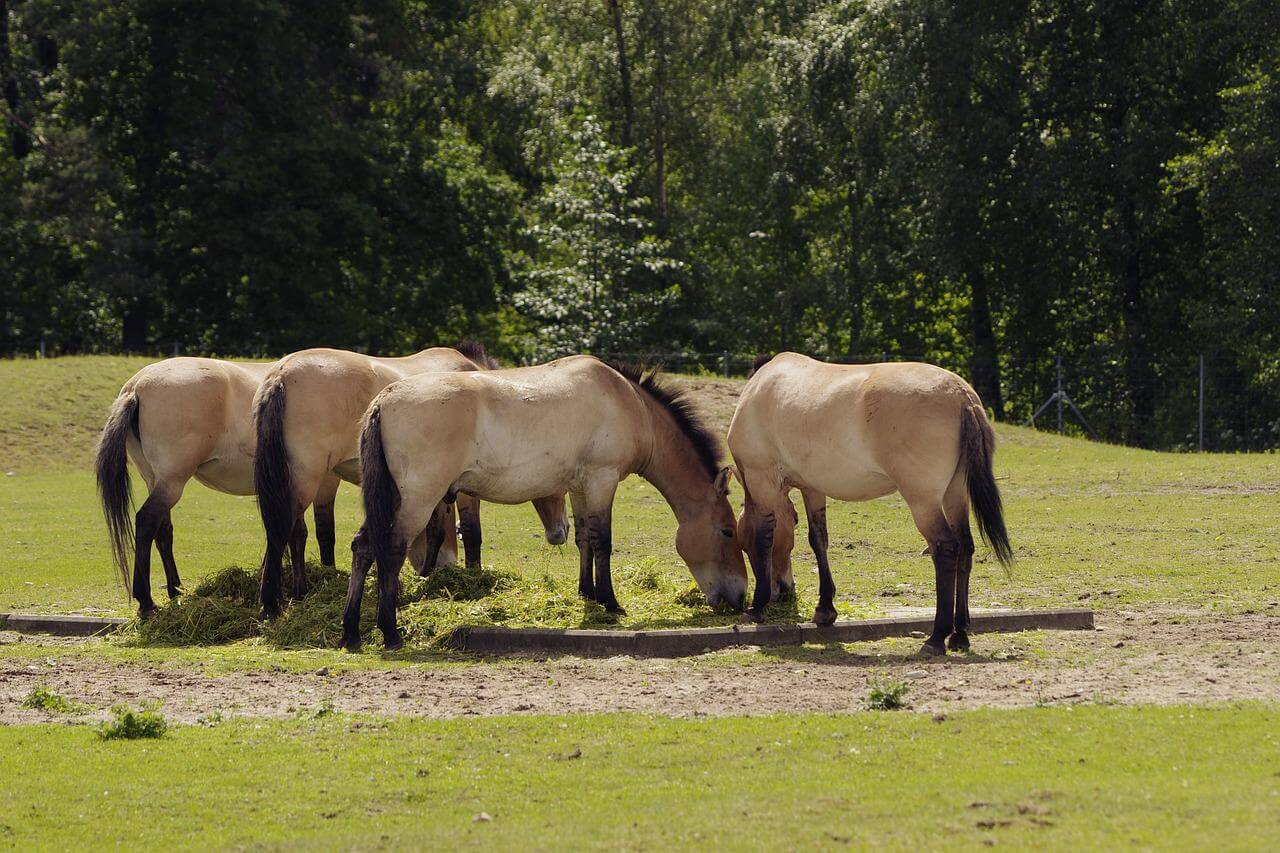
The brief history of Przewalski’s horse
The beginning & How the Wild horses went global
Przewalski’s horses were once common across Europe and Asia’s steppes. But by the early 1850s, scientists from many countries had gathered in the Mongolian Gobi to capture these takhi horses.
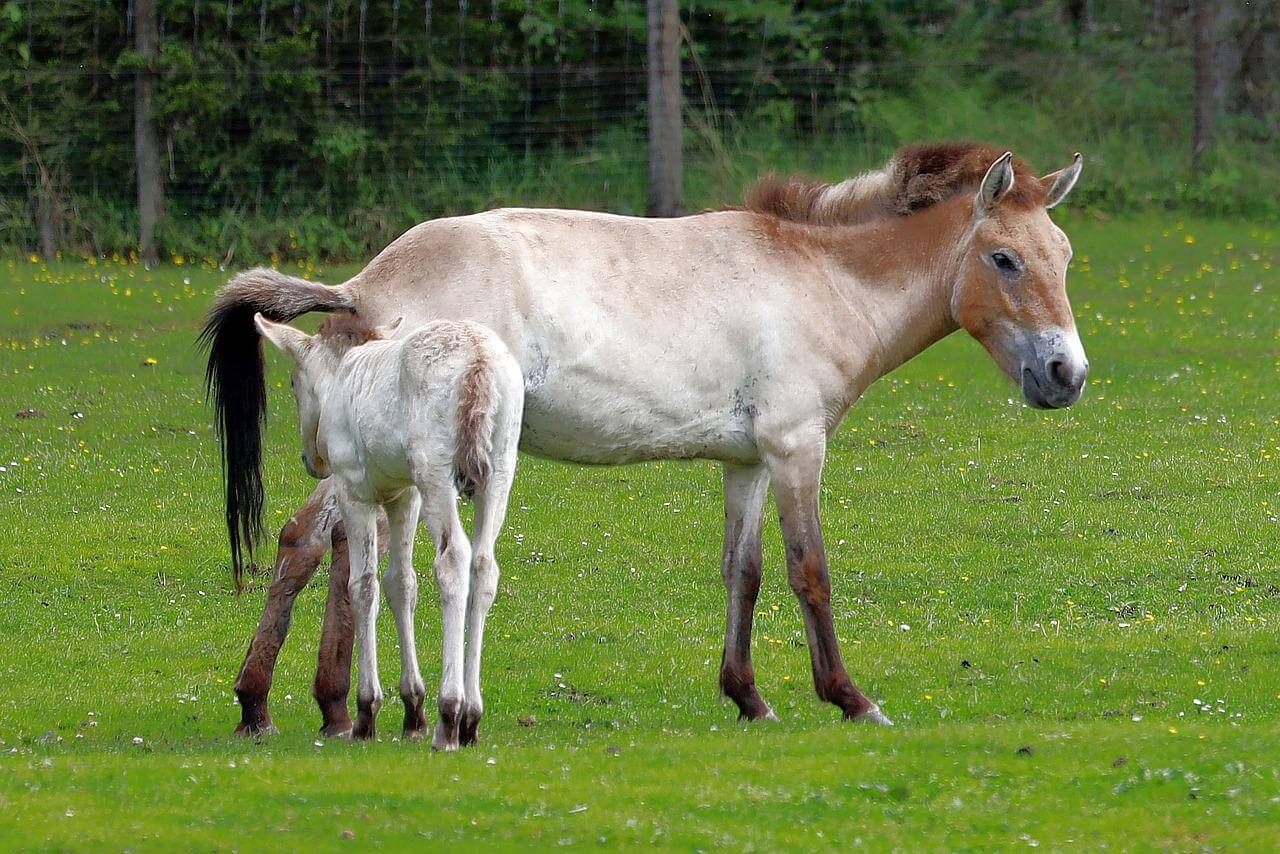
They did this because Przewalski’s horses are the only remaining wild horse species on the planet. From 1897 to 1903, 88 horse foals were caught and carried abroad from the Mongolian Gobi, with 53 of them making it safely to Europe.
The Wild Horse Went Extinct
In addition to hunting and drought, the few remaining wild horses in Mongolia were destroyed by the loss of their habitat location during those years, reducing their numbers to extinction in 1969.
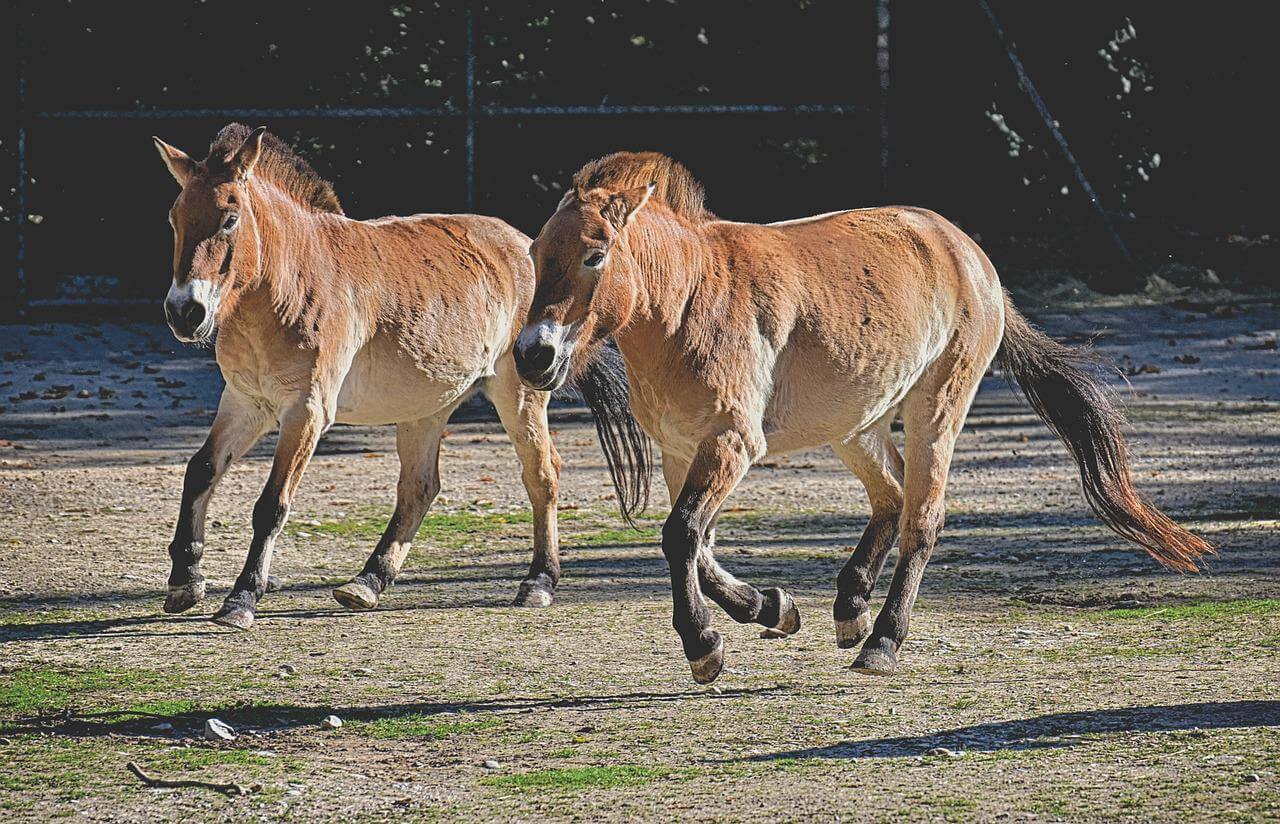
Reintroducing the Takhi wild horses
Following that, the world’s experts have come to a consensus that in order to preserve the remaining wild horses who were being kept in zoos all around the world, their natural habitat had to be reintroduced. In 1992, Przewalski horses were reintroduced to Mongolia, China, and Kazakhstan.
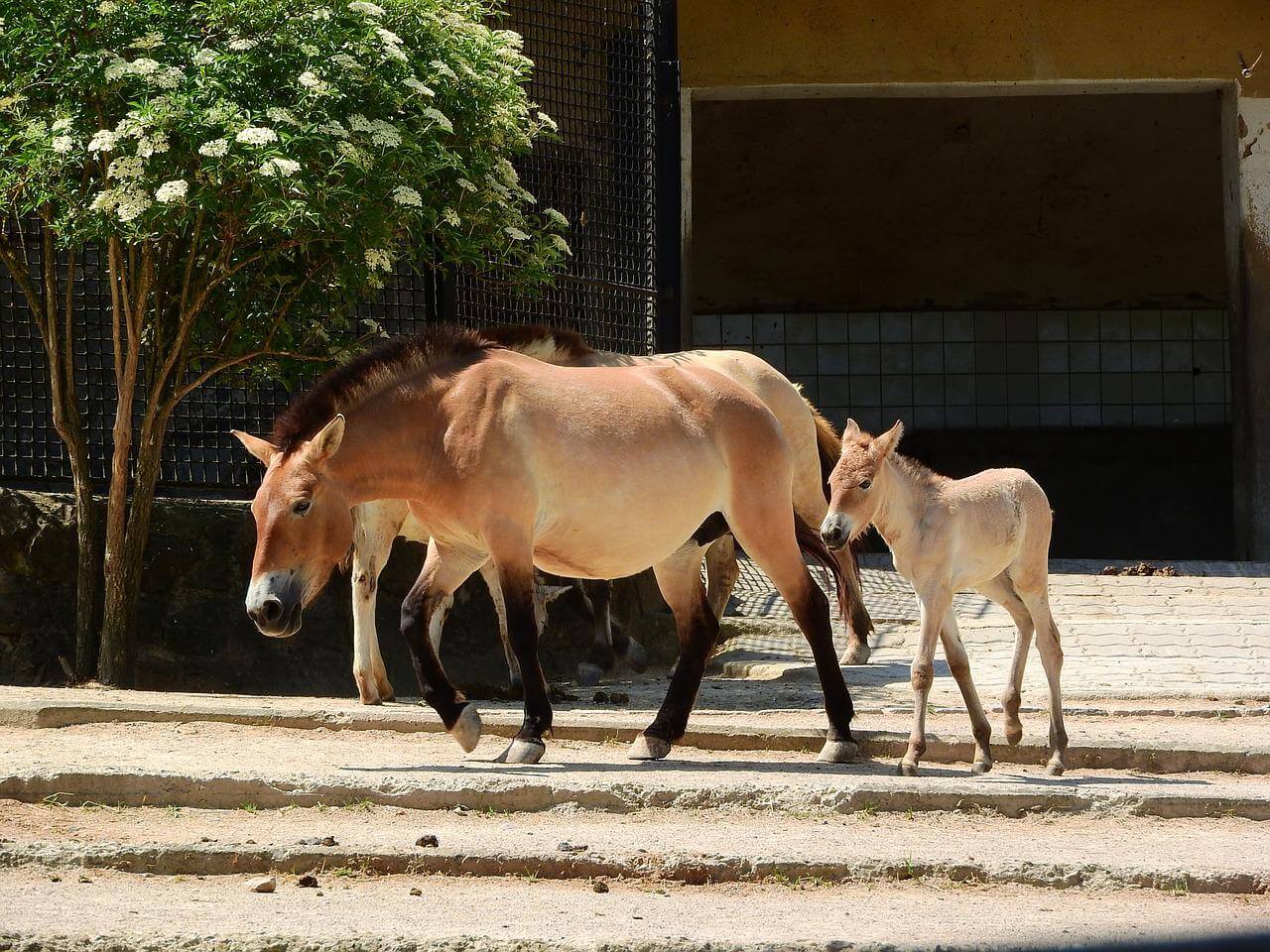
At that period, 16 Dutch Przewalski horses were successfully relocated to Hustain Nuruu–which became Hustai National Park (HNP) in central Mongolia, as a specially protected area–in conjunction with the Foundation for the Protection and Preservation of the Przewalski Horse and the “Mongolian Association for Nature Conservation”.
What were the expectations of scientists around the world?
Every two years, from 1992 to 2000, the Przewalski’s horses were reintroduced into HNP. It was a debate among some scientists about whether “takhi” could survive the harsh climate of Mongolia when they had been kept in a zoo for almost a century.
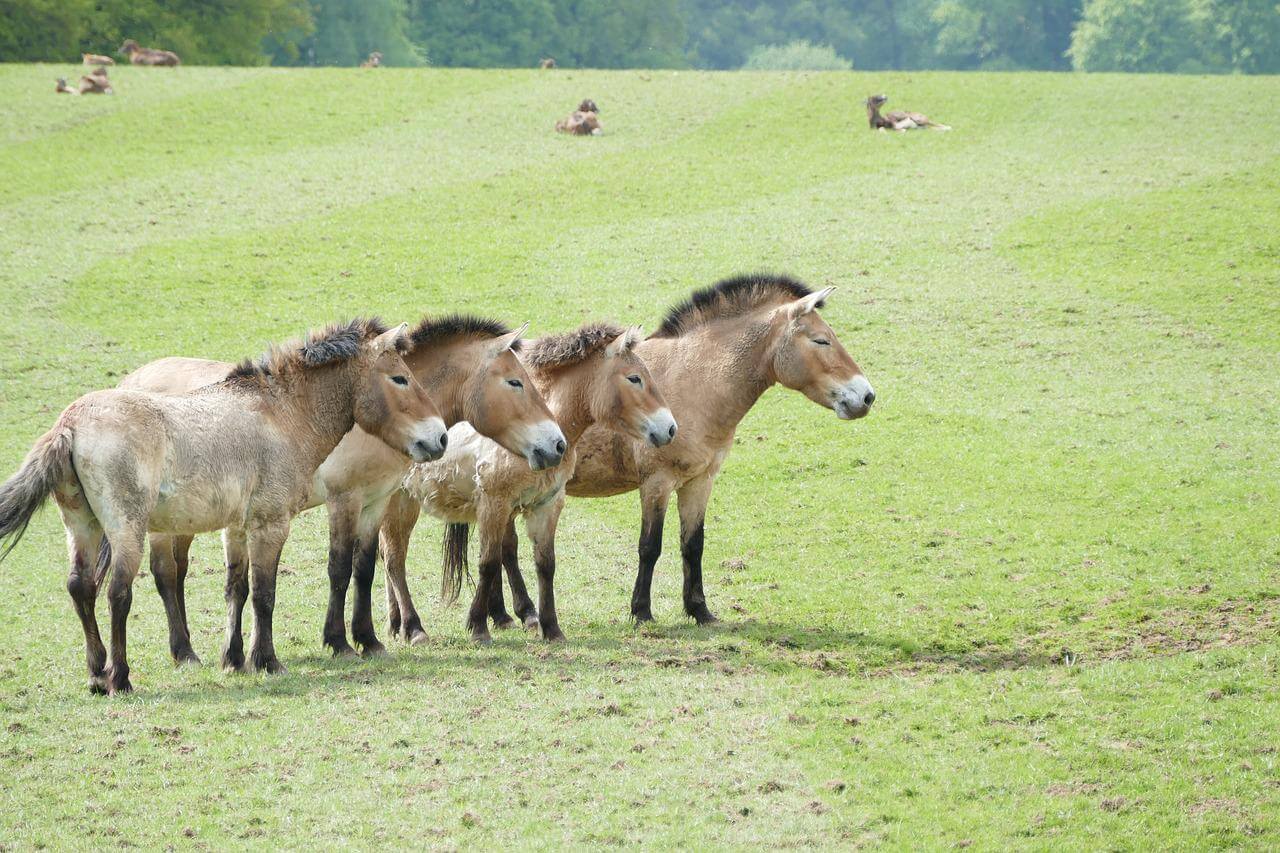
That dread was soon replaced by awe when they instantly adapted to the wind, soil, and grass of the region, demonstrating that they were unquestionably Mongolian native animals. It’s a wonderful fairy tale about a wild horse that has been extinct for many years and has returned to its homeland.
The Przewalski horse was saved.
By 2002, the Przewalski horse population in the park had risen from 84 to 150 individuals. The current count is 380. Furthermore, the park reintroduces deer, marmosets, antelopes, and 213 species of birds, with more being added all the time.
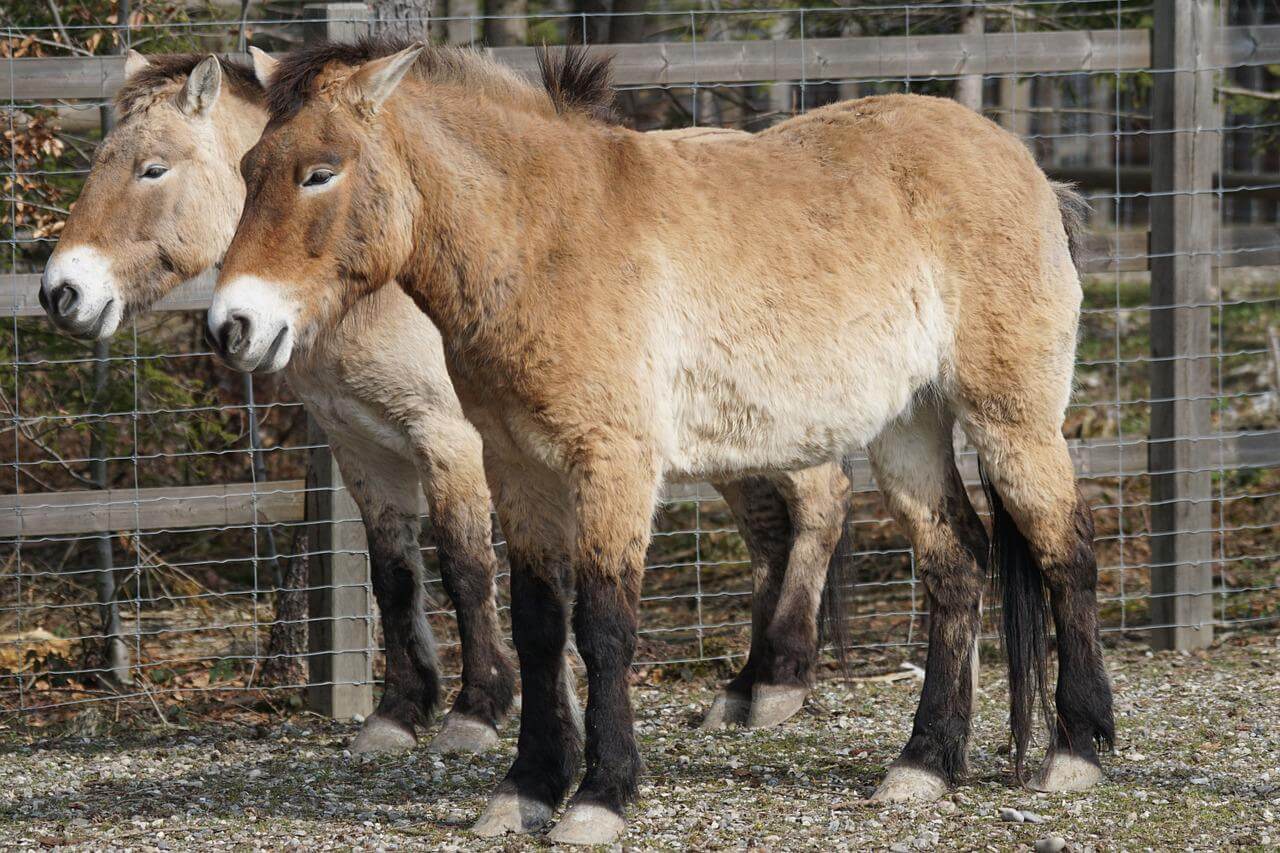
As a result, tourists visit to see these animals in Tov Province because they are one of the region’s most popular attractions.
Hustai national parks
The return of the takhi draws visitors from more than 25 different countries. In the future, eco-tourism may become a significant source of revenue for the park’s long-term sustainability.
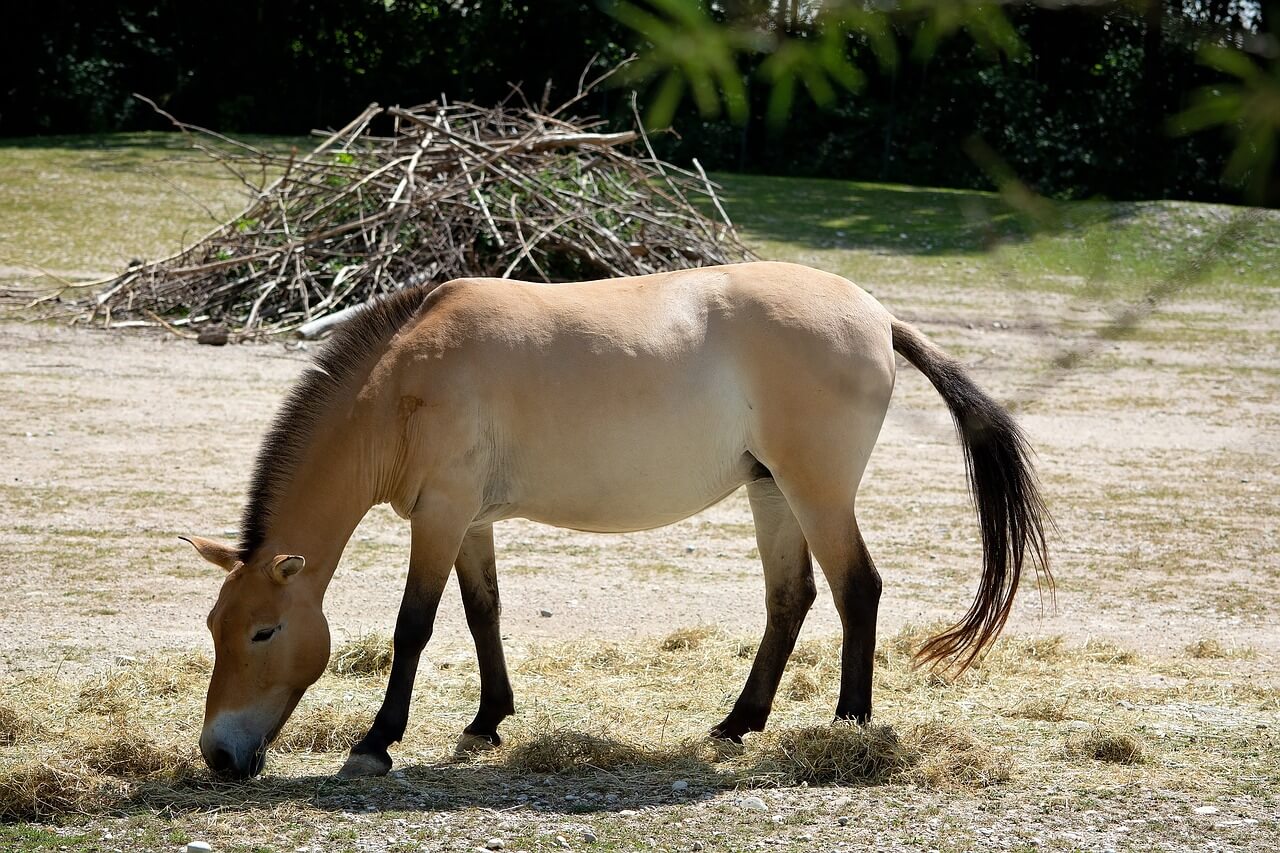
The visitor center in Hustai is dedicated to ecotourism, demonstrating that it is beneficial and protective to plants and fauna within the park.
The Hustai tourist camp
The Hustai tourist camp has 35 Gers (accommodation), a restaurant, bakery shop, and sport field. According to MNET’s resort standard evaluation, the Hustai camping ground is classified as a two-flower holiday destination that can accommodate up to 100 visitors at once every day.

The “Moilt” camp
There is also the “Moilt” camp which can serve 20 tourists. People can see the typical Mongolian scenery of forest-steppe, grasslands, mountains, wild animals, Mongolian gazelle, camels, yaks, marmots, and of course harems of the takhi.
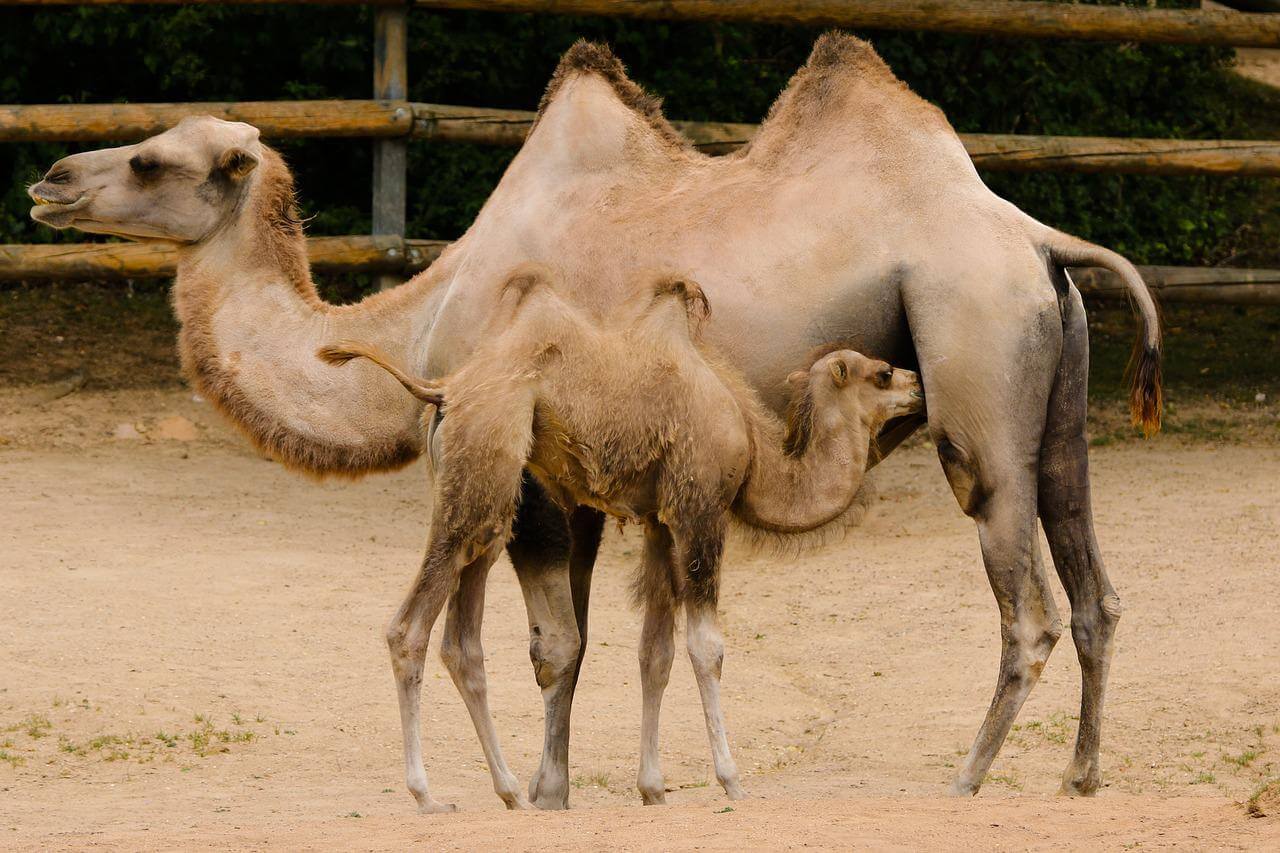
Eco-tourism of Hustai national park
There are several unique reasons and significant purposes for developing and promoting eco-tourism in Hustai National Park. Tourism revenue is important because it comes from many different places. All of the money goes toward nature conservation.
This means that anyone who paid for an eco-tourism service (a tour company, tour guides, and travelers) can help with nature conservation, with great pride. It would be our pleasure to host you at the Hustai Tourist Resort, whether it is as a tourist or for business meetings and conferences.
So what can you do there while being a good tourist?
Bird Watching
The Hustai National Park of Mongolia is an Important Bird Area (IBA) where around half of all bird species in Mongolia have been documented.

The park is made up of diverse ecological niches in a small region of 49.932 hectares, surrounded by Khustai mountains, which makes it an ideal location for a wide range of bird species during migration and breeding season. In the park, 223 bird species have been identified, 119 genera, 43 families, and 17 orders.
Hustai National Park is a home to various types of birds of prey, from smaller falcons to the larger species, like the Bearded Vulture, Golden Eagle, and Steppe Eagle. These birds are only found in certain parts of the national park.
Wildlife Photo shooting
The Khustai national park screams natural beauty and is a stunning wildlife refuge, adding to its appeal as a vacation spot for Mongolia visitors.
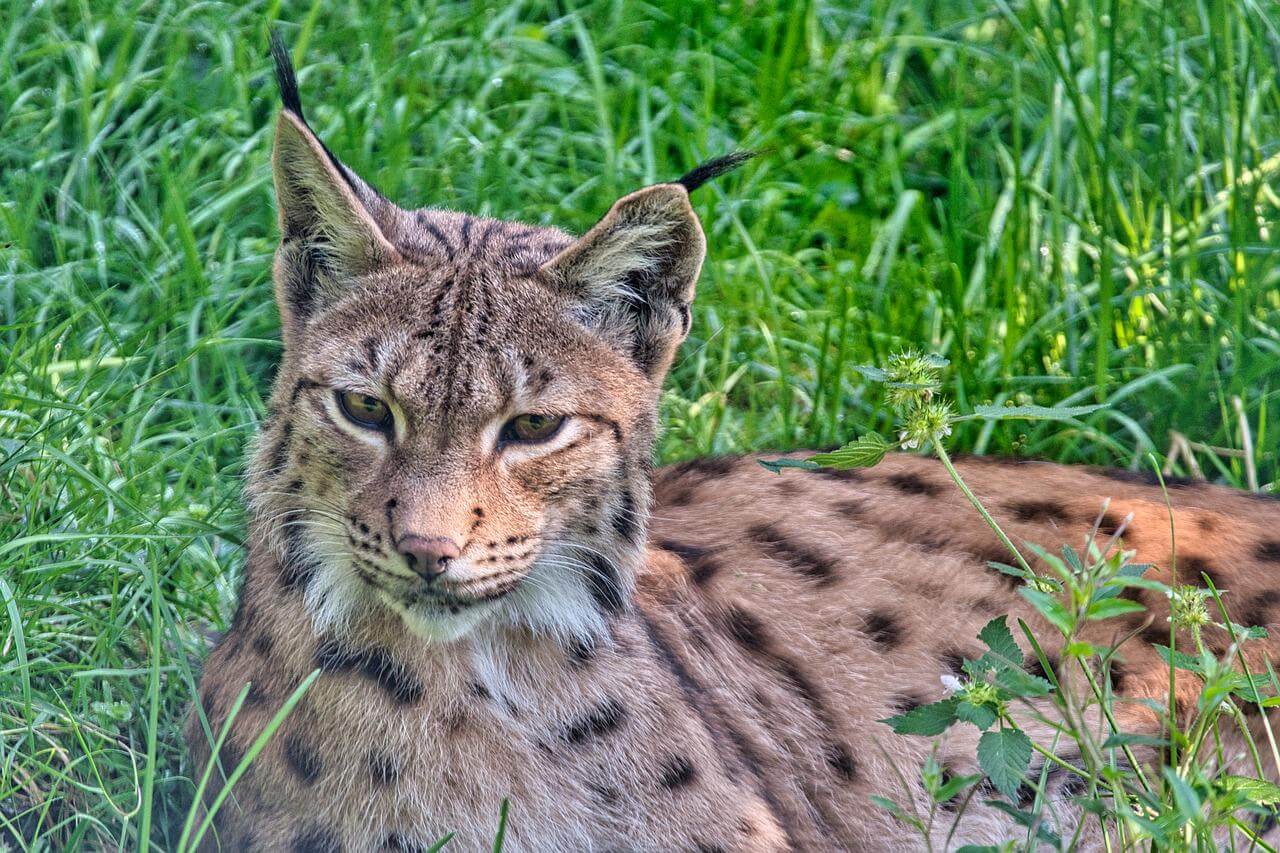
In Mongolia, one of the most popular sites for photographers is Hustai national park. Manul or Pallas’s cats, grey wolves, Eurasian lynx, red deer, Mongolian steppe gazelle, Siberian marmot, and many different types of animals are all popular subjects for visiting photographers in the national park.
If you want to capture the unique moment of red deer and wild Takhi horses grazing at the same location, you should make a trip to the Hustai national park.
Visiting “Moltsog sand”
Moltsog sand is a sand dune in the Hustai National Park, in the Tuul Valley, within the forest steppe zone, which has a Gobi-like appearance and covers about 10 square kilometers..
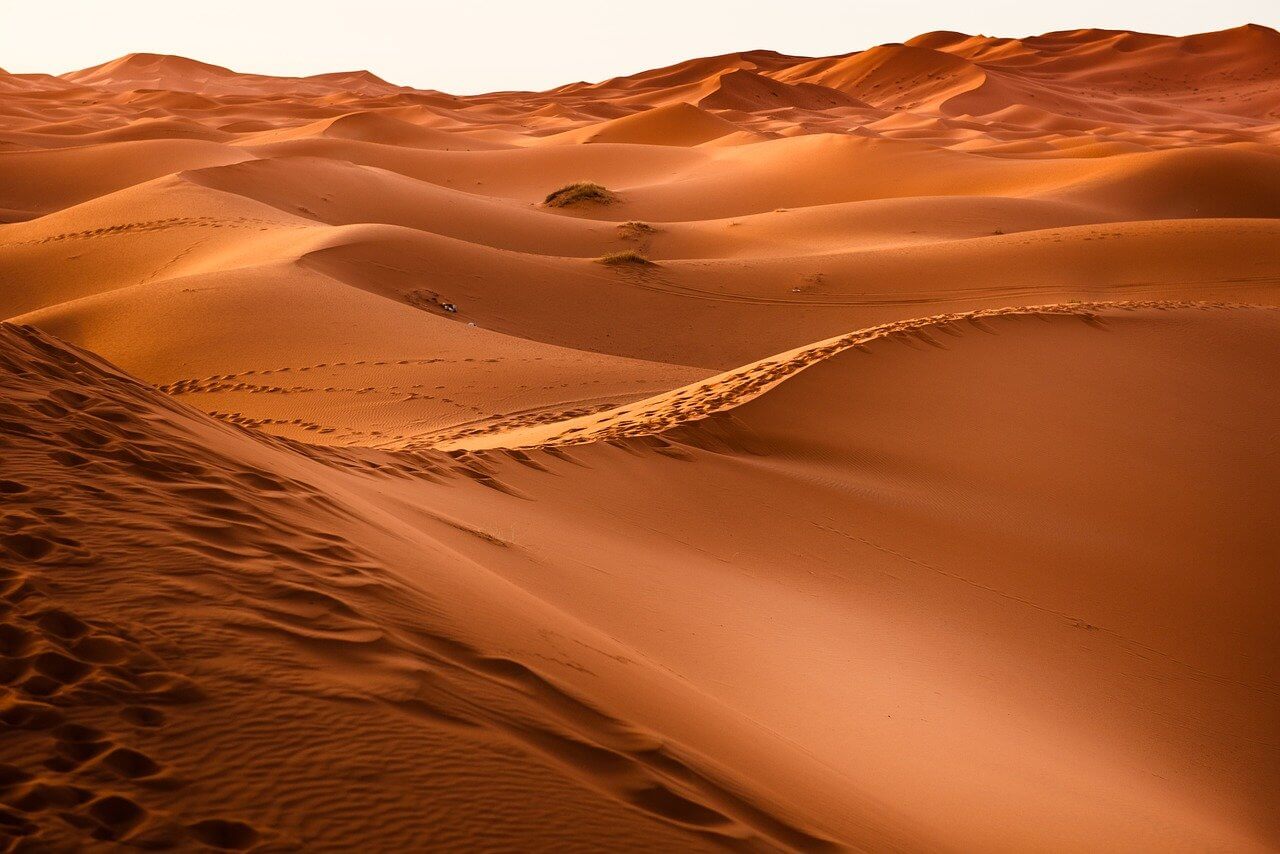
The miracle of “Moltsog Sand “
The sand of Moltsog sand is very fine. Most of it melts in the human mouth and disappears, and the sand has the effect of soothing diseases of the bladder, kidneys, back, and joints.
More than 50 species of plants grow on the edge of Moltsog sand, half of which are medicinal plants, so it is believed that it has affected the quality of the sand.
The Khustain Nuruu National Park is a must-see location in the country for nature enthusiasts and wildlife enthusiasts. If you are a culture lover, you can extend your trip to the west to the Orkhon Cultural Valley, the UNESCO heritage site where you can explore historical sites and nomadic culture.
You might interested other Mongolian hidden gems similar as Khustain nuruu National park, read more: Mongolian adventure: Top Must-Visit Places in Mongolia for 2025
Related Tour:
Khustain Nuruu National Park Tour & Travel
Let us know in the omments below! or join our newsletter today
Related Content:
Ulaanbaatar The Best 12 Places for Travelers
Why Mongolian Horse is So Important: Our National Pride
Share to Public

